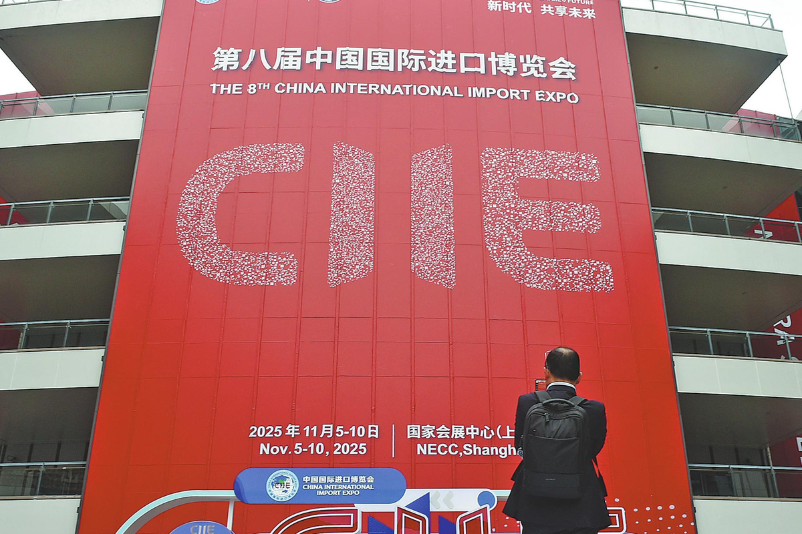Labor of love keeps old animation art form alive
Hand-painted celluloid revives golden days of early Chinese cinema


Preserving art form
As the world of animation rapidly shifted toward computer-generated imagery, cel animation, once the backbone of the industry, began to fade.
But the memory of those vivid images on celluloid remained with Zhao, and he knew that this technique, with deep roots in Chinese animation history, had to be preserved.
"It was something I loved deeply," he said. "This technique, this tradition, it couldn't just disappear."
In 2004, Zhao, who had worked for a Chinese animation movie production company, got a job teaching at Beijing New Media Technical College's animation department, which allowed him to pass on his knowledge and love of cel animation to a new generation.
But reviving cel animation was far more difficult than Zhao had anticipated.
Many of the paints, tools, and materials used in the process had been discontinued. Suppliers no longer produced the necessary pigments, and most of the senior animators who had mastered the craft had long since retired or left the industry.
Zhao found himself in a daunting position. Determined to find a way forward, he turned to original animation cels he purchased from various sources, to study and experiment. Each day, he would test different materials, research the proper techniques, and correct mistakes he had made.

"I spent a lot of time stumbling," Zhao said. "But every failure taught me something new."
Slowly, through trial and error, he began to develop his own process for cel animation, carefully calibrating the water-to-pigment ratio to create the perfect consistency. The process wasn't just technical. It required an acute understanding of how light and color interact.
"You have to account for how different lighting conditions affect color perception," Zhao explained. "The best time to mix colors is at noon, under natural sunlight, with no color bias in the environment."
Even the humidity and the state of the paint — whether it was wet or dry — played a crucial role.
"When the paint dries, the color deepens. So you have to mix a lighter shade in anticipation of the final result," he added. This precision was something only years of practice could perfect.
For Zhao, it wasn't just about replicating the technique; it was about understanding the soul of cel animation. "Traditional animation was born on paper. Even as we entered the age of digital animation, and even now as AI takes over, hand-drawn animation feels like it has become a thing of the past. But what it carries — that delicate line work, the exact control of color — is the very essence of Chinese animation," he said.
Zhao and his students have revived the process to a point where their cel animation productions now replicate the original technique with more than 90 percent accuracy.
"From outlining to coloring, to painting backgrounds, it's almost indistinguishable from the original," he said with pride. "We've reached a level where we can recreate the process almost exactly as it was done decades ago."
























